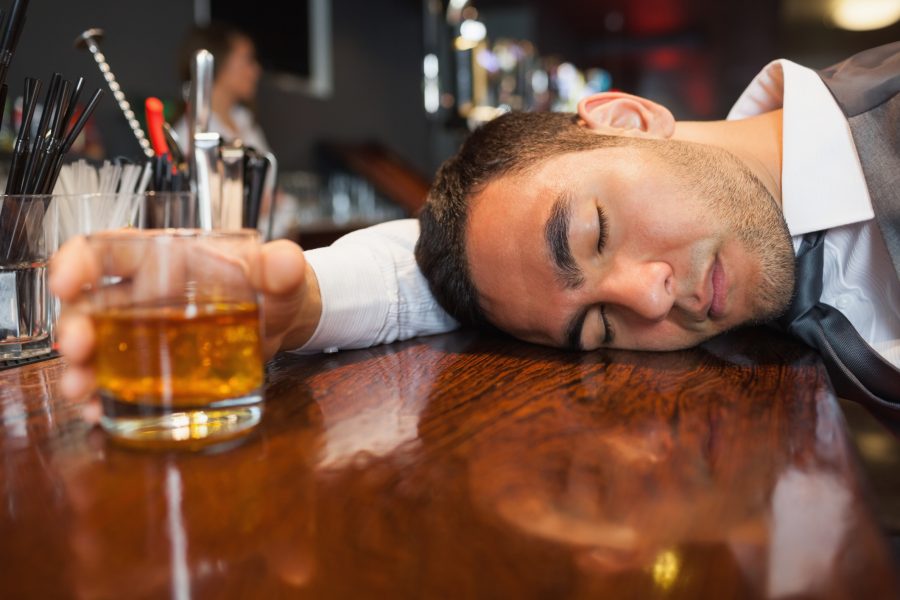A new study found the rates of alcohol abuse are increasing in the United States, particularly among specific demographic groups. The study found high-risk drinking among U.S. adults spiked about 30 percent between 2001-2002 and 2012-2013.
The researchers said the rate at which Americans are developing alcohol dependence could be considered a public health crisis. Their findings were published Wednesday in JAMA Psychiatry.

The study found the most substantial increases among women, older adults, racial and ethnic minorities and individuals with lower levels of education and income.
Women, older adults, and racial minorities increased alcohol consumption
Marc Schuckit, a professor at the University of California at San Diego, wrote an accompanying editorial on the study and said the fact that many of these groups are less likely to have health coverage is alarming.
The authors of the study also said these increases go unnoticed because of other damaging substances.
“These increases constitute a public health crisis that may have been overshadowed by increases in much less prevalent substance use (marijuana, opiates, and heroin) during the same period,” the researchers wrote.
The authors defined high-risk drinking as regular consumption of four drinks of alcohol a day for women or five for men. Deborah Hasin, the study’s lead author and a professor at Columbia University, noted that while light drinking has been helpful for people’s health overall, heavy drinking can often lead to some harms and impairment.
Hasin and colleagues found that the rate of alcohol use in the U.S. was 65 percent in 2001-2002, and by 2012-2013 it had increased to 73 percent. The rate of high-risk drinking stood at 10 percent (20 million people) in 2001-2002. However, by 2012-2013 the rate was about 13 percent (nearly 30 million people).
Heavy drinking and alcohol use disorders are risk factors associated with health problems such as heart problems, hypertension (high blood pressure), stroke, cancer, and infections. Plus, the authors also highlighted the financial burden that’s associated with heavy drinkers. For instance, excessive drinking cost the country about $250 billion, mostly due to health costs.
Authors suggest people have turned to alcohol as a coping device
The researchers also found that deaths from alcohol-related cirrhosis increased substantially between 2009 and 2013 for the first time since the 1970s. The results came from face-to-face interviews with nationally representative samples of adults in 2001-2002 and 2012-2013. However, as people usually under-report consumption, the authors warned the rates might be higher.
The study found the number of American adults with an alcohol dependence increased almost 50 percent during the period studied. The authors stressed that light or moderate drinking doesn’t seem to cause alcohol use disorder (dependence) rates to increase nearly as much as heavy drinking does.
“People need to really take some of the information about the potential harms of heavy drinking into account when determining when and how much to drink,” said Hasin, according to Business Insider. “Policymakers and health professionals need to be aware of this, too.”
The researchers didn’t look into the causes of this dramatic increase, but they suggested some reasons could include changing social norms and alcohol consumption as a coping device.
Source: Business Insider

Belief in powerlessness makes drinking the default mode. The Brandsma study took people arrested on alcohol charges, divided them into three groups. One group was delivered to AA, one group received no treatment and one group received rational behavior therapy. The AA group engaged in five times as much binge ingesting as the team that received no treatment, nine time just as much as the rational behavior treatment group.
Click Here To Reveal FREE alcoholism Curing Secret – ineedtostopdrinking.life